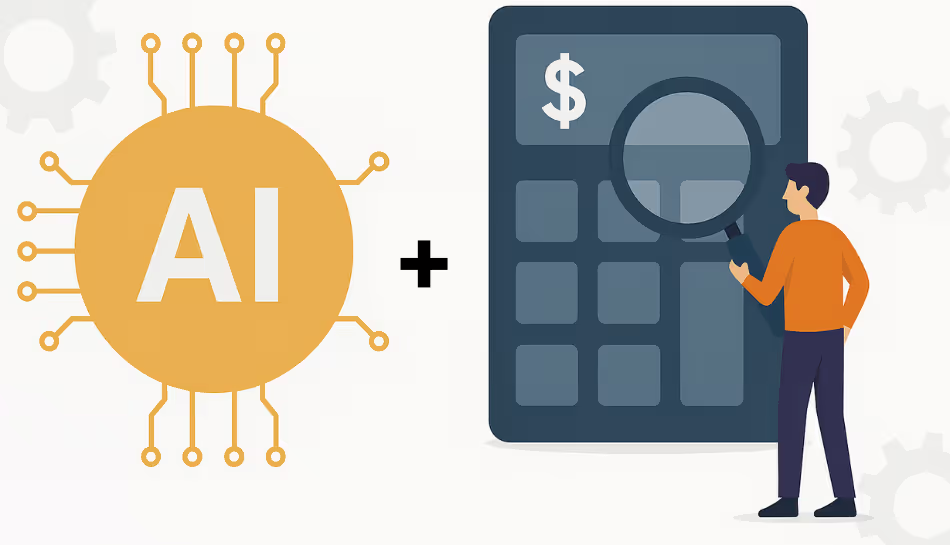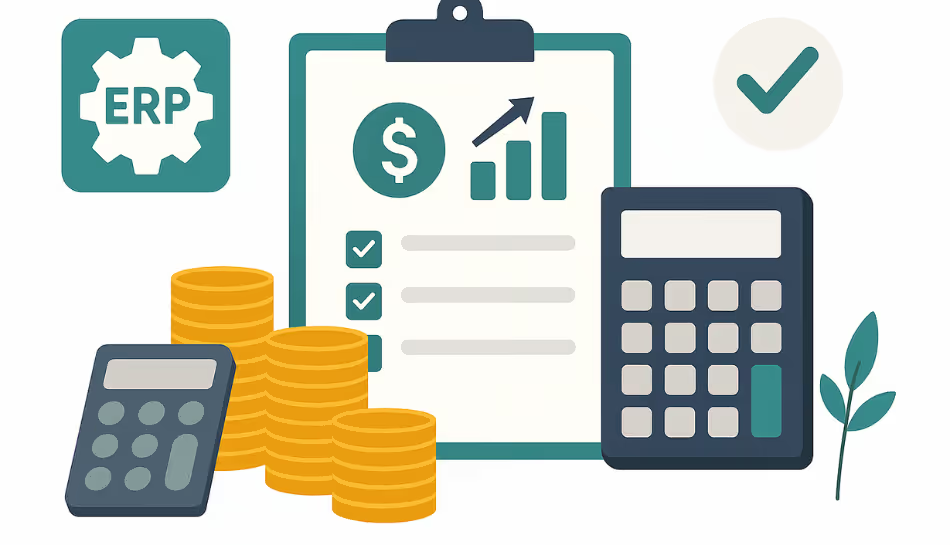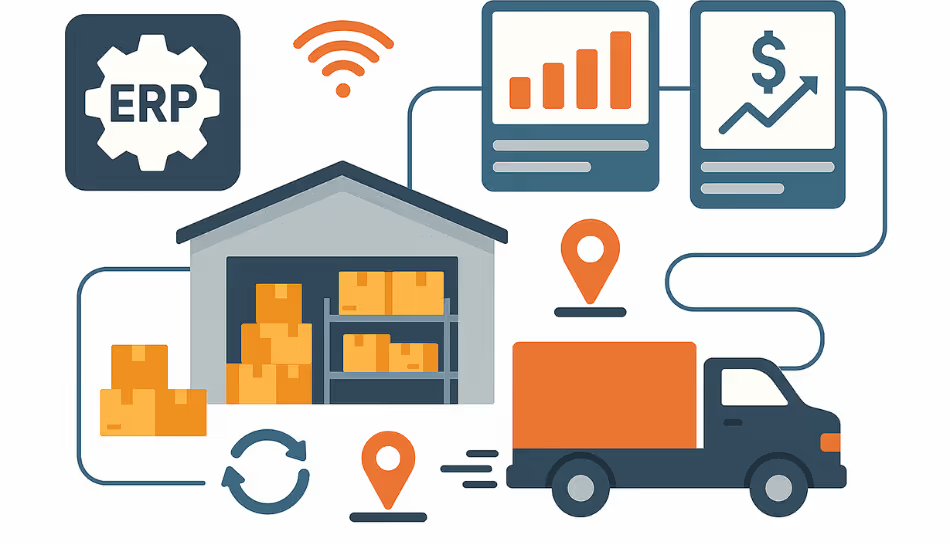We’ve all heard the buzz, “AI is going to revolutionize accounting!” But what does that really mean? Are robots about to replace accountants? Or is the truth somewhere in between?
As more companies adopt AI-based accounting software, it’s important to separate fact from fiction. In this article, we’ll explore the real role of AI in accounting, what it can do today, what’s still hype, and why it matters for businesses and finance professionals.
The Real Role of AI in Accounting
Artificial Intelligence in accounting refers to the use of machine learning, natural language processing, and automation to handle financial tasks that previously required human effort. These tools don't "think" like humans, but they can analyze large volumes of data, recognize patterns, and even make suggestions.
Here’s what AI in accounting and finance is really doing today:
1. Automating Routine Tasks
One of the most common and real uses of AI in accounting is task automation. AI tools can now:
- Match invoices to purchase orders
- Reconcile bank transactions
- Sort and categorize expenses
- Flag duplicate entries or missing data
This reduces human error and saves hours of manual work, something that’s already being used in top AI-based accounting software platforms.
2. Predictive Analytics and Cash Flow Forecasting
AI can analyze your past financial data to:
- Predict upcoming expenses
- Suggest optimal invoice timings
- Forecast revenue trends
For small businesses and finance teams, this use of AI in finance and accounting makes future planning easier and more data-driven.
3. Fraud Detection and Risk Alerts
AI is highly effective at spotting unusual transactions or behaviors. Examples include:
- Flagging a payment that doesn’t match historical trends
- Alerting users to possible invoice fraud
- Detecting internal misuse of company funds
These AI tools for accounting act like digital watchdogs, enhancing compliance and reducing financial risk.
4. Smart Suggestions and Auto-Categorization
AI is helping users make faster, better decisions by:
- Auto-categorizing expenses based on past behavior
- Recommending budget cuts or areas of overspending
- Suggesting the right tax codes during filing
These are real examples of artificial intelligence in accounting in action today.
The Hype: What AI Can’t Do (Yet)
Despite its growing power, AI isn’t magic. Here's what still falls under the “hype” category:
1. Replacing Accountants Completely
While AI can automate repetitive tasks, it cannot:
- Make strategic financial decisions
- Understand complex tax scenarios
- Offer professional judgment or financial advice
- Handle context-specific exceptions
Instead of replacing professionals, AI in accounting is becoming a digital assistant, freeing humans to focus on high-value work.
2. 100% Autonomous Systems
Many tools claim to be "fully automated," but in reality, most AI accounting software still needs:
- Human oversight
- Regular training on new datasets
- Manual approvals for sensitive transactions
AI learns from patterns, but it doesn't understand business nuance on its own, at least, not yet.
3. Perfect Accuracy
AI gets smarter over time, but it’s only as good as the data you feed it. If your data is messy, outdated, or inconsistent, the AI will make poor suggestions. Businesses still need solid data hygiene and oversight.
Final Thoughts
The use of AI in accounting and finance is no longer just a trend, it’s a real, practical tool helping businesses save time, reduce errors, and gain valuable insights. But it’s important to recognize that AI and accounting work best together, not in competition.
The real value comes from a hybrid approach: let AI handle the routine, and let humans lead with judgment, strategy, and ethics.



